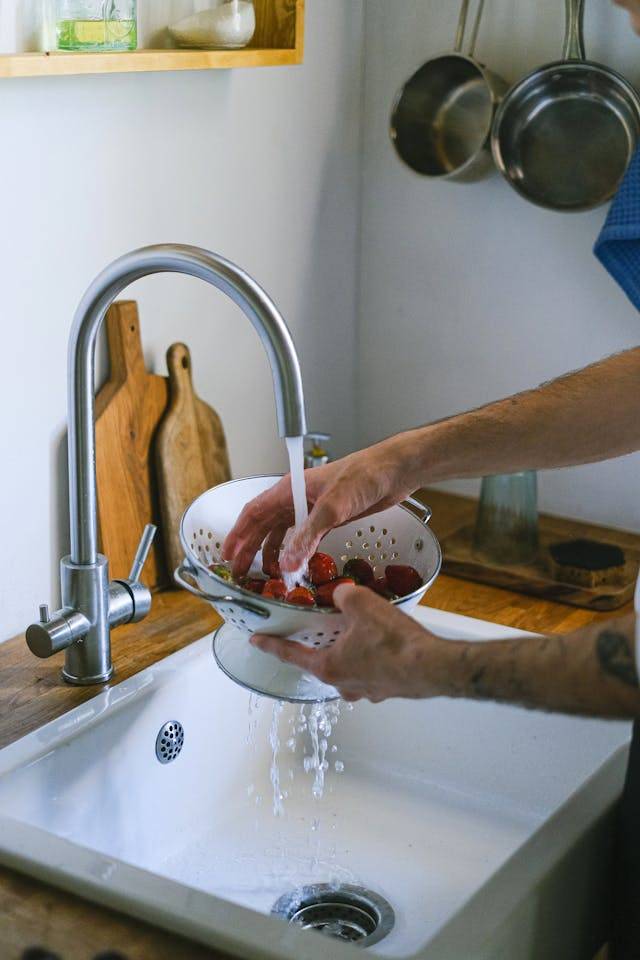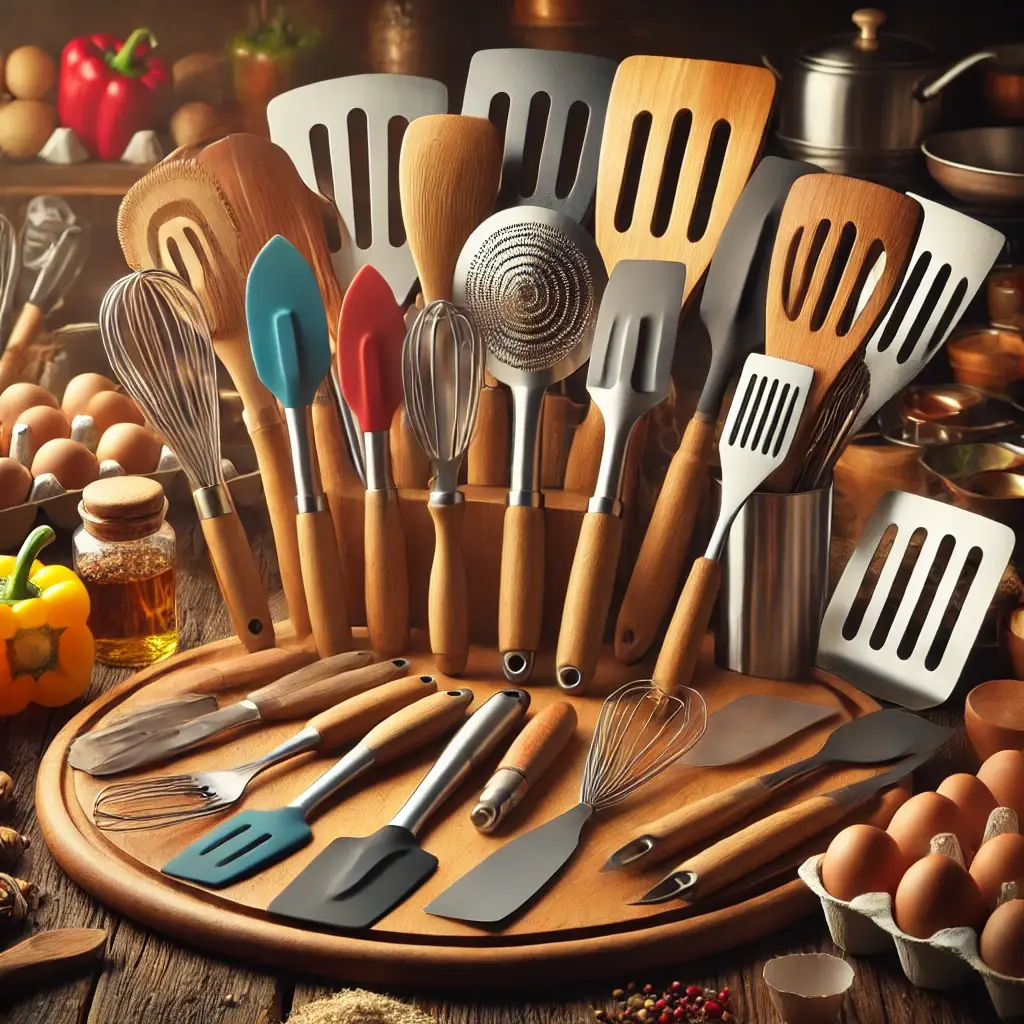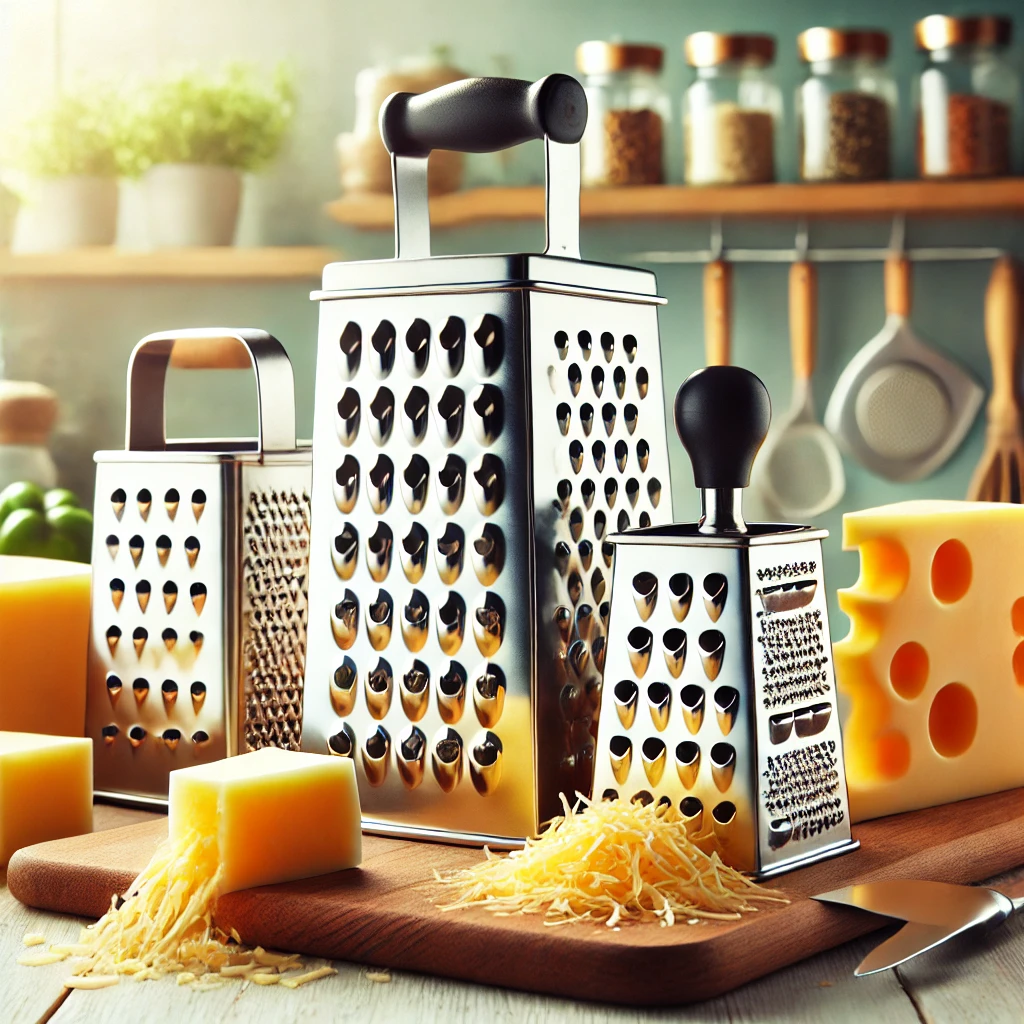Top-Rated Colanders and Strainers for Every Kitchen Need

Find the best colanders and strainers on Amazon to streamline your cooking and prep tasks.

What Is a Colander?
A colander is a bowl-shaped kitchen tool with multiple small holes, designed primarily for draining liquids from solid foods. Typically used to rinse fruits and vegetables or drain pasta, the colander is essential in most kitchens. These utensils are made from various materials, including plastic, stainless steel, aluminum, or silicone. The size and hole arrangement in a colander can vary based on its intended purpose, but they all share the same basic function of separating liquids from solids.
Key Uses of a Colander:
- Draining pasta and cooked vegetables
- Washing fruits and vegetables
- Rinsing rice and grains
- Sifting dry ingredients
Types of Colanders
Understanding the types of colanders can help you choose the best option for your kitchen needs. Here are the most common types:
- Plastic Colanders
Plastic colanders are lightweight, affordable, and available in various colors. They are ideal for handling delicate foods and are often dishwasher-safe. However, they are less heat-resistant than metal colanders, making them unsuitable for hot foods. - Metal Colanders (Stainless Steel and Aluminum)
Metal colanders, particularly stainless steel, are durable, heat-resistant, and often come with handles for easy use. They can withstand hot temperatures, making them perfect for draining pasta or steaming vegetables. Aluminum colanders are lighter but may be less durable than stainless steel. - Silicone Colanders
These colanders are flexible, often collapsible, and save space in the kitchen. Silicone colanders can handle hot and cold foods, but they may not be as sturdy as metal varieties. - Perforated Colanders
Some colanders have larger holes, known as perforations, to allow faster drainage. They are especially useful for draining pasta, though they might be too rough for delicate foods. - Micro-perforated Colanders
With tiny holes, micro-perforated colanders are ideal for rinsing grains, rice, and smaller ingredients that could slip through larger holes.
What Is a Strainer?
A strainer is a kitchen tool designed to separate liquids from fine solids or filter small particles. Unlike colanders, strainers generally have finer mesh or smaller holes, which allow them to filter out even the smallest food particles, making them ideal for liquids that require delicate filtration. Strainers are also handheld and come in various sizes, from small tea strainers to large soup strainers.
Key Uses of a Strainer:
- Filtering tea leaves from brewed tea
- Straining seeds and pulp from fruit juices
- Separating fine particles from stocks or sauces
- Dusting powdered sugar or flour
Types of Strainers
Several types of strainers exist, each suited to specific tasks in the kitchen:
- Fine Mesh Strainers
Fine mesh strainers have very small holes, making them perfect for filtering liquids, such as tea or sauces. They’re also great for dusting powdered sugar or cocoa on baked goods. - Tea Strainers
Specifically designed to filter tea leaves, tea strainers are smaller in size and often have a handle or a small bowl shape. They’re a must-have for loose-leaf tea enthusiasts. - Spider Strainers
Spider strainers, named for their web-like mesh, are typically used for frying. They allow oil to drain while lifting fried food, making them ideal for tempura or deep-frying. - Conical Strainers (Chinois)
With a conical shape, these strainers are often used in French cooking to create smooth, velvety sauces. They’re designed for straining stocks, purees, and soups. - Sifter
Although technically a strainer, sifters are specifically designed for dry ingredients like flour and powdered sugar, helping to aerate and remove clumps.
Colander vs. Strainer: What’s the Difference?
While both colanders and strainers are used to separate solids from liquids, they have distinct functions and designs:
- Hole Size and Structure: Colanders generally have larger holes than strainers, allowing them to drain water quickly from larger food items like pasta or vegetables. Strainers, however, often have a fine mesh that can filter out even the smallest particles, such as seeds or grains.
- Shape and Size: Colanders are typically larger, bowl-shaped, and often come with handles or bases. Strainers are usually handheld with a mesh surface and are available in various sizes, from small tea strainers to larger soup strainers.
- Material: Colanders are commonly made of metal, plastic, or silicone, while strainers, especially fine mesh varieties, are often metal.
- Primary Use: Colanders excel at draining water from foods like pasta or washing fruits and vegetables. Strainers, on the other hand, are ideal for filtering and refining liquids to remove fine particles, making them essential for tea, sauces, and soups.
Choosing the Right Tool for Your Kitchen
For a versatile kitchen setup, having both a colander and a strainer is ideal, as each serves a unique purpose. Colanders are indispensable for draining and rinsing foods, while strainers allow for finer filtering. Whether you're preparing pasta, brewing tea, or making a velvety sauce, the right tool will streamline your cooking process and enhance your results.
Summary
In conclusion, colanders and strainers both serve essential roles in the kitchen, each designed for specific culinary tasks. With a variety of types available, selecting the right one depends on your cooking style and the kinds of dishes you prepare.
some highly recommended products available on Amazon:
U.S. Kitchen Supply Over The Sink Stainless Steel Oval Colander
This 6-quart colander features fine mesh and expandable rubber grip handles, making it ideal for straining, draining, and rinsing fruits and vegetables. Its over-the-sink design offers convenience and efficiency.
Cuisinart Mesh Strainers, Set of 3
This set includes three different sizes of mesh strainers, suitable for various kitchen tasks such as sifting, straining, and draining. The stainless steel construction ensures durability and longevity.
OXO Good Grips Stainless Steel Colander
Available in 3-quart and 5-quart sizes, this colander boasts a sturdy stainless steel build with soft, non-slip handles for comfortable use. Its perforated design allows for quick draining of pasta, vegetables, and more.
Kitchen Gizmo Snap N' Strain Silicone Clip-On Colander
This innovative silicone colander clips onto pots, pans, and bowls, allowing for easy straining without transferring food. It's heat-resistant and dishwasher safe, making it a versatile addition to any kitchen.
Qimh Collapsible Colander Set of 3
This set includes two 4-quart and one 2-quart round silicone colanders, perfect for draining pasta, vegetables, and fruits. The collapsible design saves space, and the colanders are dishwasher safe for easy cleaning.
These products have received high ratings and positive reviews from users, indicating their quality and functionality. When choosing a colander or strainer, consider the material, size, and design that best suit your cooking needs.
Related


